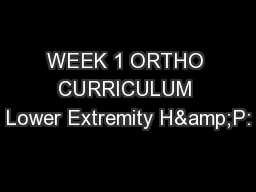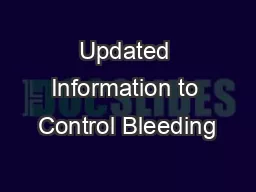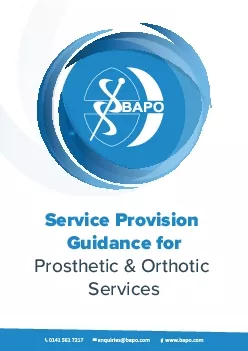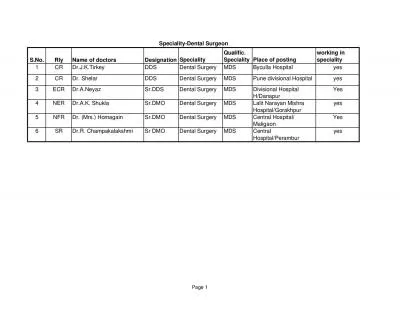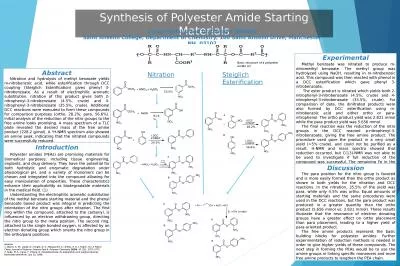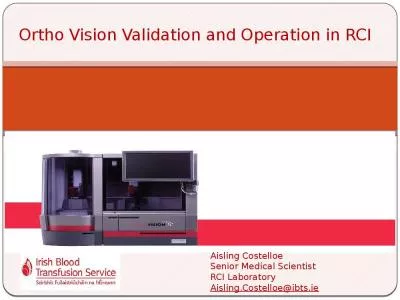PPT-WEEK 1 ORTHO CURRICULUM Lower Extremity H&P:
Author : stefany-barnette | Published Date : 2018-11-06
Knee Exam General Ortho Physical Exam Maneuvers Inspection Palpation Range of Motion Stability Special Tests Always think about the joint above and below where
Presentation Embed Code
Download Presentation
Download Presentation The PPT/PDF document "WEEK 1 ORTHO CURRICULUM Lower Extremity ..." is the property of its rightful owner. Permission is granted to download and print the materials on this website for personal, non-commercial use only, and to display it on your personal computer provided you do not modify the materials and that you retain all copyright notices contained in the materials. By downloading content from our website, you accept the terms of this agreement.
WEEK 1 ORTHO CURRICULUM Lower Extremity H&P:: Transcript
Download Rules Of Document
"WEEK 1 ORTHO CURRICULUM Lower Extremity H&P:"The content belongs to its owner. You may download and print it for personal use, without modification, and keep all copyright notices. By downloading, you agree to these terms.
Related Documents

